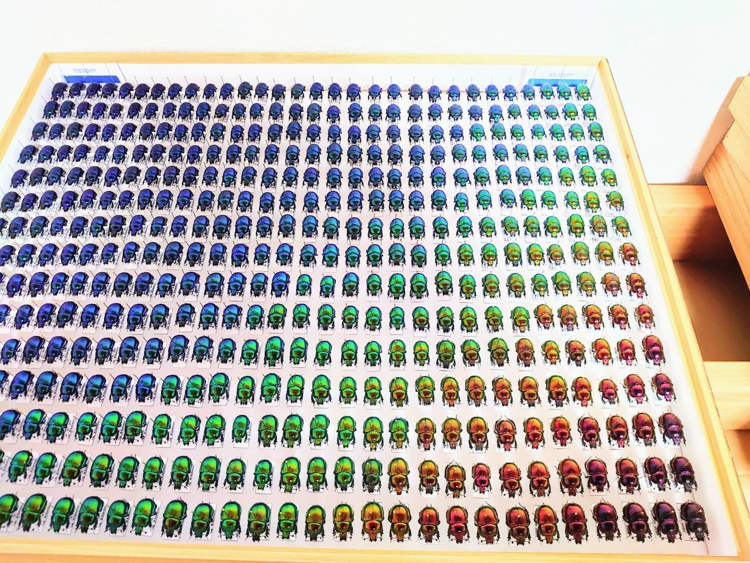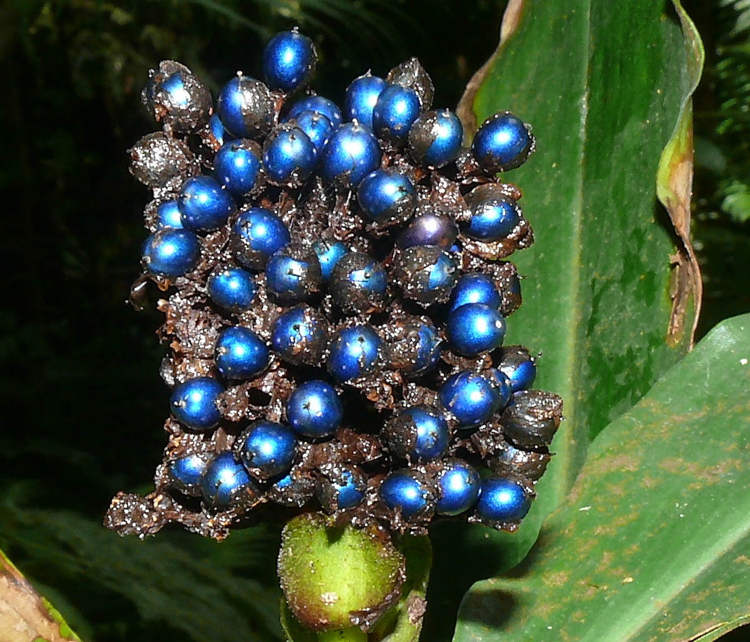Ganxi Dong, a small village hidden deep in the mountains of Tianzhu in central China, is gaining worldwide attention for its unusually skilled residents. Apparently, everyone who lives in the self-sustaining village is a martial arts expert!
The Dong people, one of the 56 recognised ethnic minorities in China, pride themselves for having shunned the outside world in favor of local tradition. Apart from farming, every villager is well-versed in the art of kung fu, each one pursuing a different style of the ancient Chinese martial arts. They use a range of weapons including sticks, pitchforks, and their own fists.
Images of the lush village are being widely shared on Chinese social media – they show several traditional huts nestled in the thick mountain forests. The picturesque backdrop provides the perfect setting for villagers of all ages to practice kung fu – all by themselves and also by fighting each other.

The exact story behind the tradition is unknown, but the locals have two theories on how it all came about. According to one, there was a time when the villagers and their livestock were regularly attacked by wild beasts. As a solution, a strong youth was selected from each family, to learn martial arts. These young men invented moves that imitated dragons, snakes, tigers and leopards, and passed their knowledge to other members of their family. Each family specialised and trained in a different style, giving rise to different strains of kung fu.
Another story goes that when families first began to settle in the region, they were frequently pillaged by their neighbors. So they invited a couple of martial arts experts to teach them how to defend themselves. They learned new skills and eventually passed them on to the rest of the village.
Nobody knows the true story of the now famous kung fu village, but the tradition of learning kung fu is still alive and thriving among the 123 households of Guanxi. And as the youth are now leaving to work in cities, even women are being encouraged to study kung fu in an effort to keep the tradition alive.
Photos: CFP
Sources: Daily Mail, South China Morning Post















